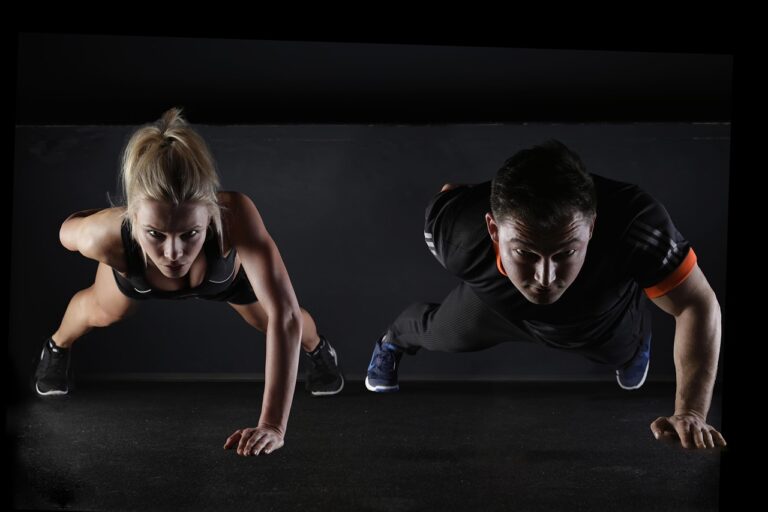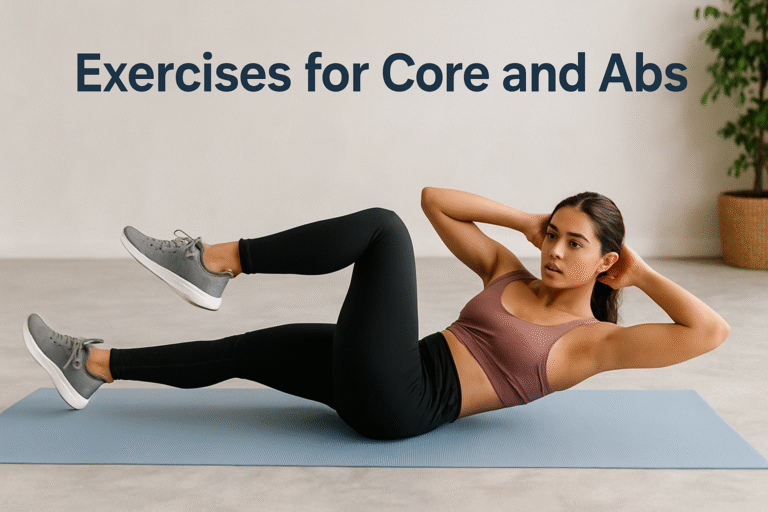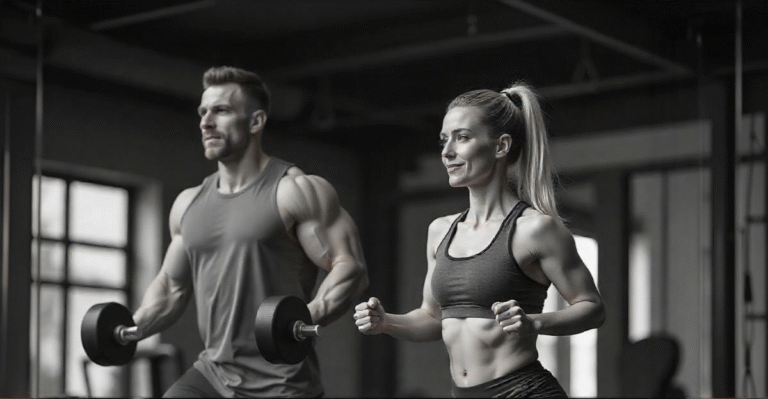Aerobic Exercise Definition: The Ultimate Heart-Pumping Guide
Aerobic exercise (or “cardio”) is any sustained physical activity that increases your heart rate and breathing while using large muscle groups continuously for 10+ minutes. The term Aerobic Exercise Definition is often used to describe these exercises.
The Aerobic Exercise Definition is crucial for anyone looking to enhance their fitness levels.
Unlike quick bursts of energy (anaerobic exercise), aerobic workouts rely on oxygen to fuel movement over an extended period.
Whether you’re a fitness newbie or a seasoned athlete, understanding aerobic exercise helps you train smarter. Let’s break down the science, benefits, and best ways to incorporate it into your routine.
Summary: Aerobic exercise strengthens your heart and lungs through oxygen-powered, rhythmic activities.
Why Aerobic Exercise Matters for Your Health
The American Heart Association recommends 150+ minutes of moderate aerobic exercise weekly because it:
✔ Boosts cardiovascular health (lowers blood pressure, reduces heart disease risk)
✔ Burns calories efficiently (key for weight management)
✔ Improves mood & sleep (releases endorphins and regulates stress hormones)
✔ Enhances endurance (makes daily activities easier)
Summary: Regular aerobic activity is one of the simplest ways to extend your lifespan and vitality.
Aerobic vs. Anaerobic Exercise: Key Differences
| Factor | Aerobic Exercise | Anaerobic Exercise |
|---|---|---|
| Oxygen Use | Yes (steady-state) | No (short bursts) |
| Duration | 10+ minutes | Seconds to 2 minutes |
| Energy Source | Fat & carbs (with oxygen) | Carbs (without oxygen) |
| Examples | Running, swimming, cycling | Weightlifting, sprinting |
Summary: Aerobic = long, oxygen-fueled efforts; anaerobic = short, high-intensity bursts.
5 Best Aerobic Exercise Examples
- Brisk Walking (3.5–4.5 mph) – Low-impact, ideal for beginners
- Cycling – Builds leg strength; try outdoor or stationary bikes
- Swimming – Full-body workout, easy on joints
- Dancing (Zumba, salsa) – Fun way to burn 300–500 calories/hour
- Rowing – Engages 85% of muscles while being joint-friendly
Pro Tip: Aim for moderate intensity (where you can talk but not sing).
Summary: Mix these activities to prevent boredom and target different muscles.

How Aerobic Exercise Transforms Your Body
1. Heart & Lungs
- Strengthens the heart muscle (improves pumping efficiency)
- Expands lung capacity
2. Metabolism
- Increases mitochondrial density (more energy production)
- Helps regulate blood sugar
3. Brain Health
Aerobic Exercise Definition Explained
- Stimulates BDNF (a protein linked to memory and learning)
- Reduces anxiety/depression risk by 26% (JAMA Psychiatry)
Summary: The benefits go far beyond weight loss—it’s a full-body tune-up.
Aerobic Exercise for Weight Loss: What Works?
To maximize fat burn:
✔ Frequency: 5+ sessions/week
✔ Duration: 30–60 minutes/session
✔ Intensity: 60–80% max heart rate (use the “talk test”)
✔ Variety: Rotate activities to avoid plateaus
Avoid This Mistake: Don’t rely solely on cardio—add strength training to preserve muscle.
Summary: Consistency and moderate intensity trump extreme workouts for fat loss.
Getting Started Safely (Beginner’s Plan)
| Week | Workout | Duration | Frequency |
|---|---|---|---|
| 1–2 | Brisk walking | 20 mins | 3x/week |
| 3–4 | Walking + cycling | 30 mins | 4x/week |
| 5+ | Mix of 2–3 activities | 40+ mins | 5x/week |
Note: Always warm up/cool down for 5 minutes to prevent injury.
Final Thoughts: Make Aerobic Exercise a Habit
Aerobic exercise isn’t just about looking better—it’s about living longer, thinking sharper, and feeling stronger. The best routine? One you’ll stick to.
Your heart is your hardest-working muscle—give it the workout it deserves! ❤️
Which aerobic activity will you try first? Share your favorite in the comments!
What defines aerobic exercise?
Rhythmic, oxygen-fueled activity lasting 10+ minutes that raises heart rate (e.g., running, swimming).
What’s the difference between aerobic and anaerobic?
Aerobic uses oxygen for sustained effort; anaerobic is short, high-intensity bursts without oxygen (e.g., sprints).
What are 5 examples of aerobic exercise?
Walking, cycling, swimming, dancing, and rowing.
What’s the simple definition of aerobics?
Any extended activity that makes you breathe harder while using big muscle groups continuously.







